3D Print Yourself As Your Own Board Game Piece!
by prusteen in Workshop > 3D Printing
11887 Views, 163 Favorites, 0 Comments
3D Print Yourself As Your Own Board Game Piece!
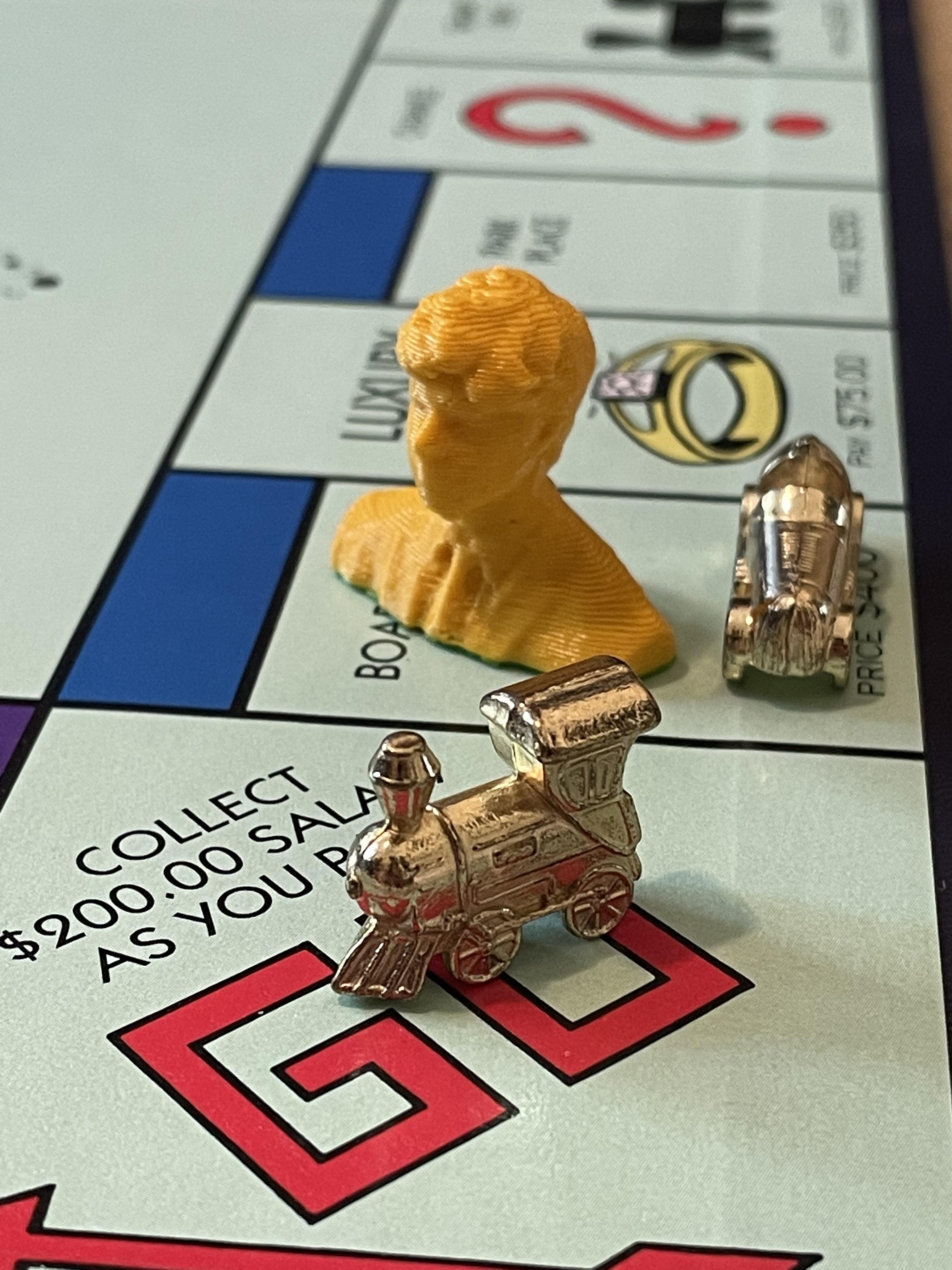
I've always wondered what it would be like if I could have a board game piece that looked like a mini version of me. Well I finally found an easy method and in this Instructable, I'll show you how you can 3D print your own! All you'll need is the app EM3D, a Tinkercad account, the software Meshmixer, and a 3D printer. Let's get started!
NOTE: The EM3D app only works with iPhones model X or later.
Download EM3D
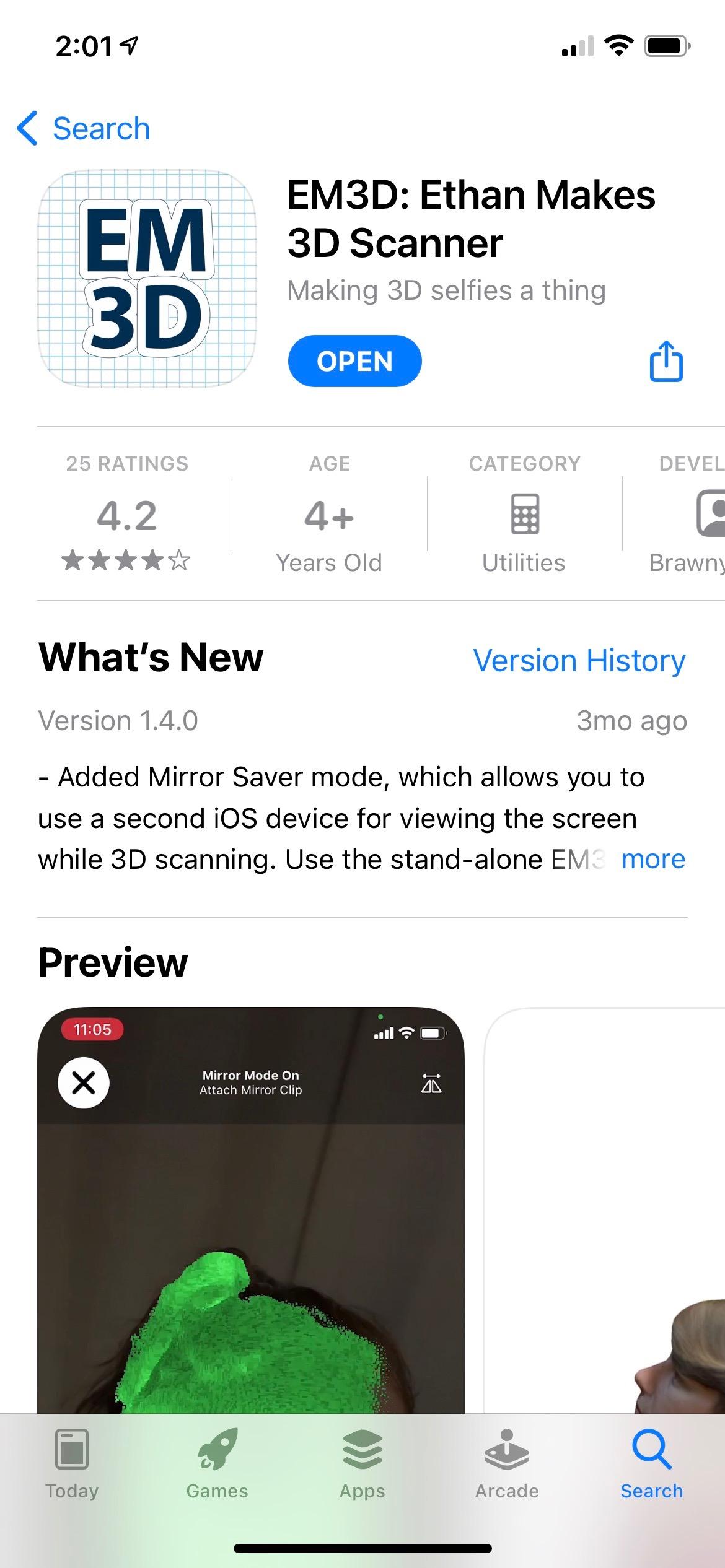
Go to the App Store and download the EM3D app. We will use this app to scan ourselves and get a 3D model. Again, make sure that your iPhone is model X or later. You will need to pay a small amount in order to download your 3D scans, however I got the pack for a full year of scans and I can say that it is totally worth it.
Scan Yourself
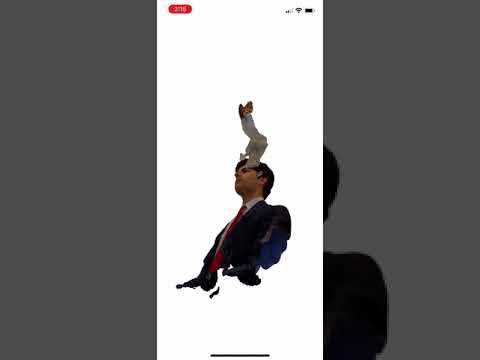
Now you will need to get someone to scan you. For the purposes of our board game piece, we just want our scans to be from our shoulders up but any lower is also fine. Using the app is very simple, just make sure to move slowly until all of the parts you want to include are green. Some important areas that people miss are the very top of the head and underneath the chin.
When you are done, don't worry about it looking a bit distorted or if there are excess bits on the side. We will get rid of these when polishing the design in Meshmixer.
Import Scan to Meshmixer
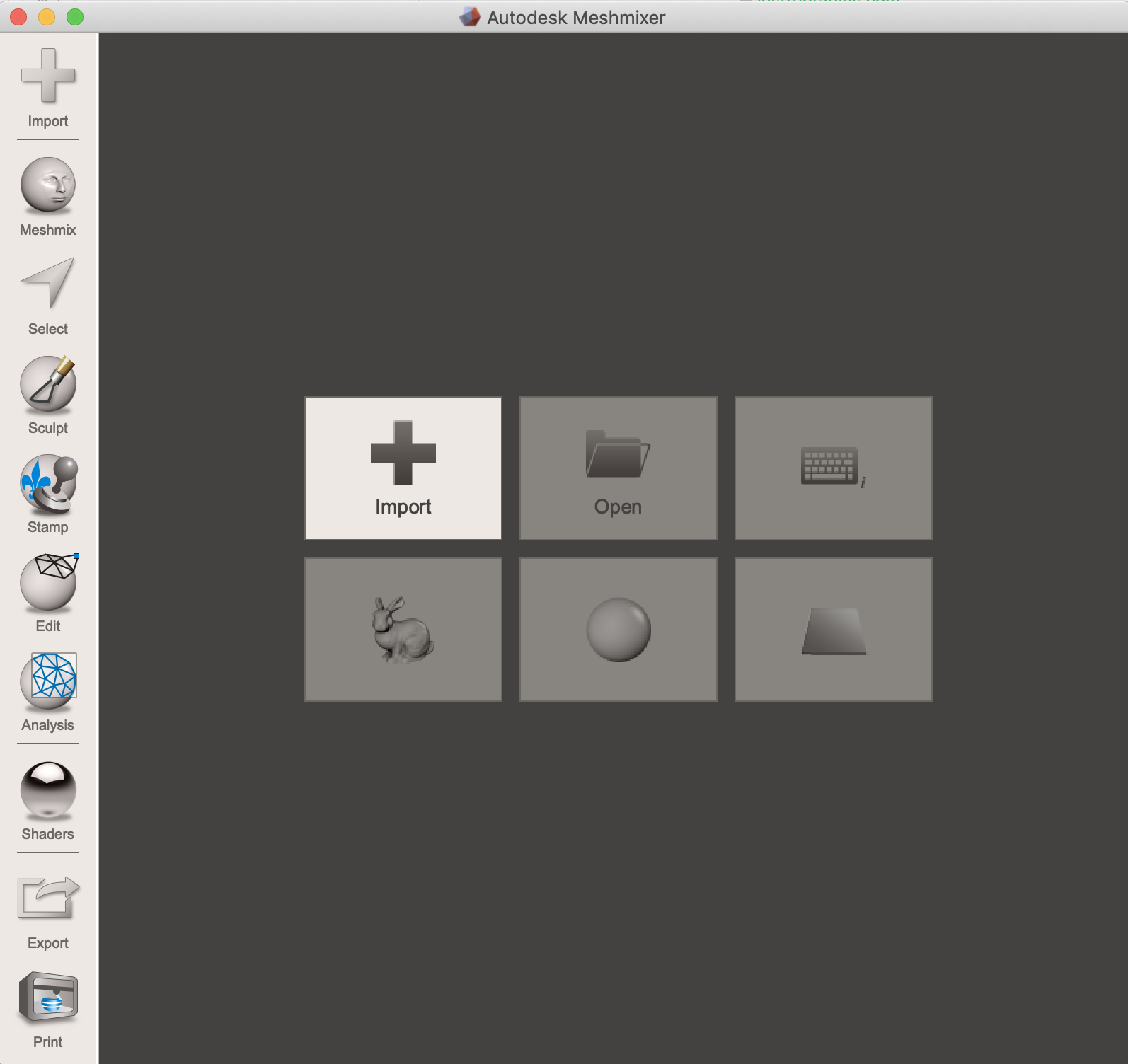
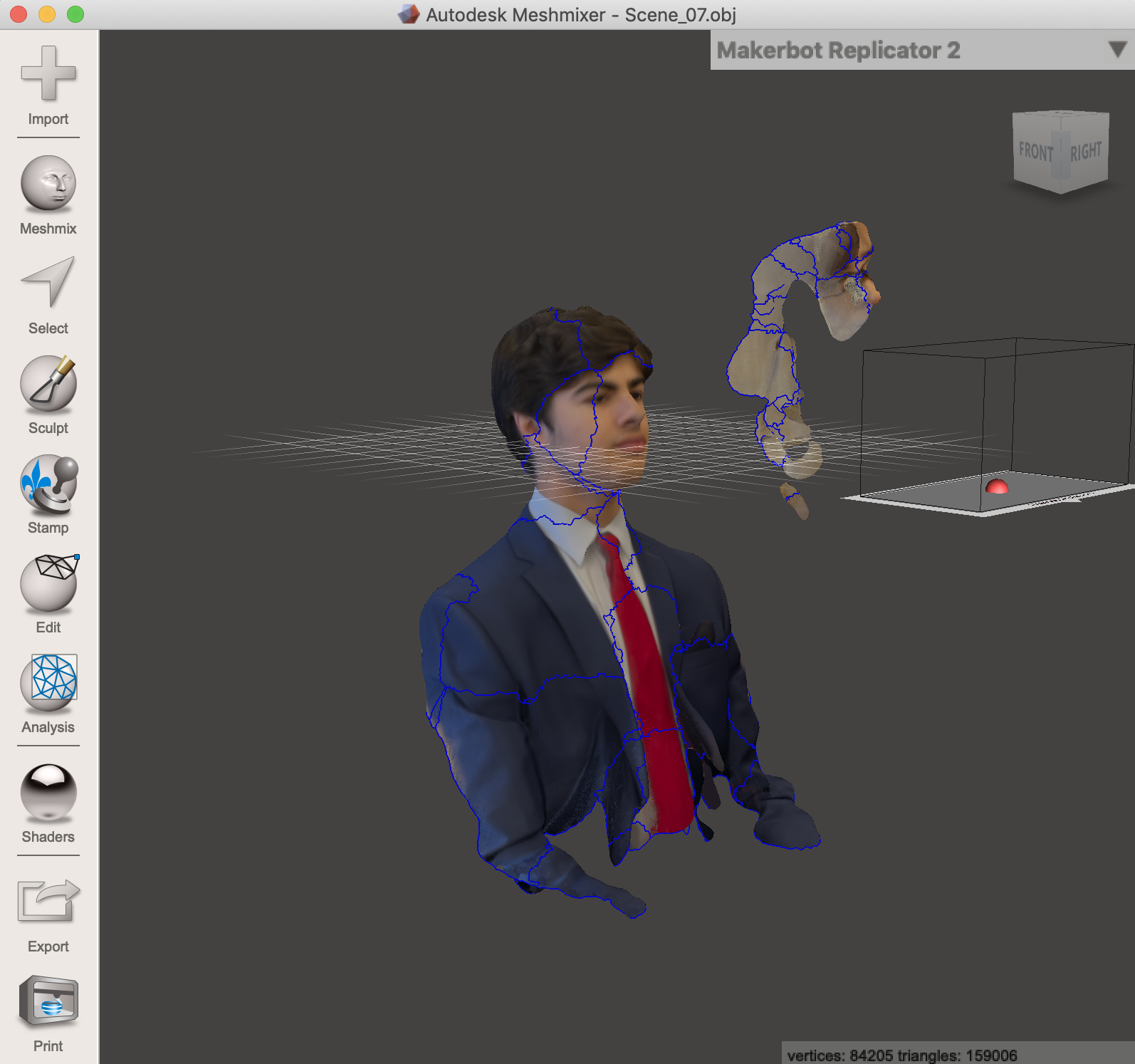
Hit the blue action button in the bottom left corner of your scan and click "Export OBJ". Then, you can airdrop the file to your computer or email it to yourself so you can download it onto your computer.
Download Meshmixer onto your computer. From there, click the "Import" button and select your 3D scan. You should now be looking at your scan inside Meshmixer.
Polishing Your Scan
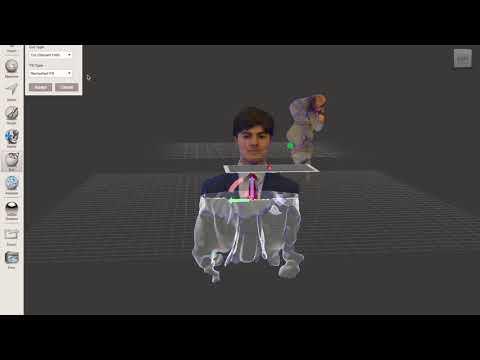
Now we are going to polish your scan in Meshmixer. The video above goes through the entire process. The steps will also be explained here:
1. Click "Edit", "Transform", and then drag the red arc to rotate your scan until you are standing straight. Then click "Accept."
2. Click "Edit", "Plane Cut", and then drag the red arrow down until you cut the bottom half that you don't want. Then click "Accept."
3. Click "Edit", "Close Cracks" to make the parts of your 3D scan whole.
4. Click "Edit", "Separate Shells", and then turn the eye on and off on each shell to see which ones are excess that you don't want. Then, click on those shells and click delete in the bottom right corner.
5. Click "Edit", "Make Solid" so that you are not hollow when 3D printed.
6. See if you like it, and when you are happy with the final product click "Export." Name your file, choose the location, and then export it as either a .stl file or .obj. I chose .stl for this one but it doesn't matter which you choose.
Import Scan to Tinkercad
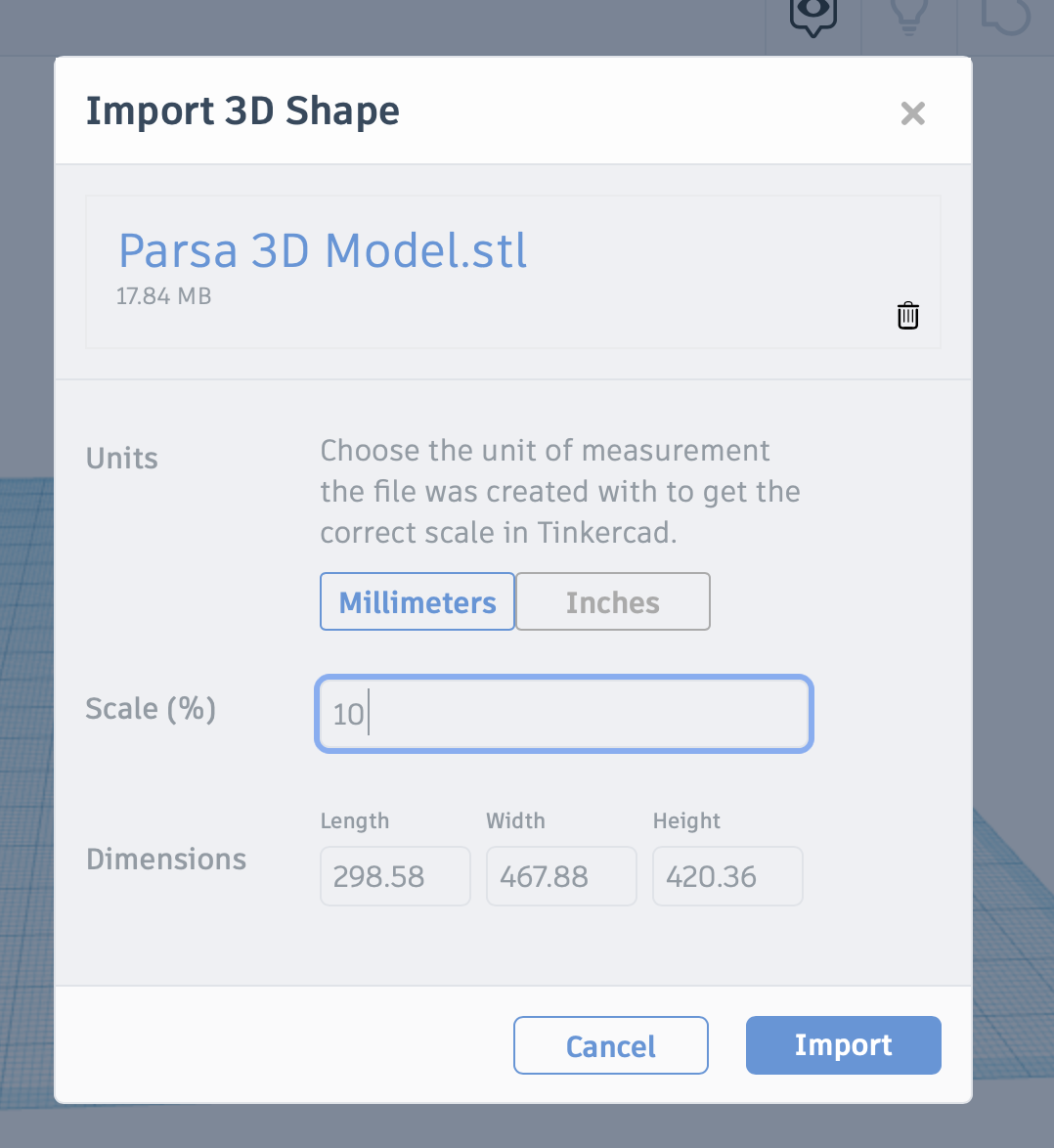
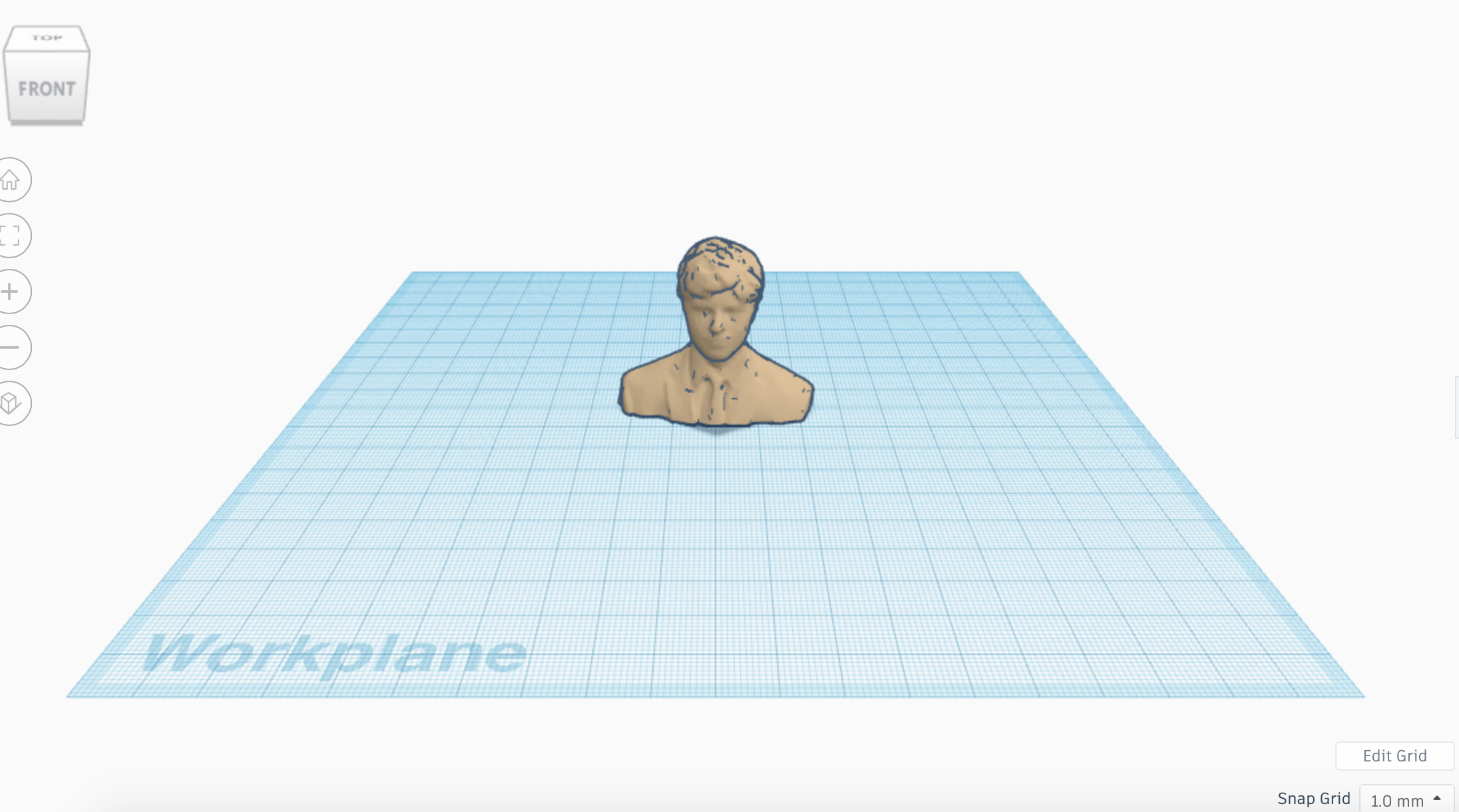
Open Tinkercad, and create a new design. Click "Import" in the top right corner, and select the file you exported from Meshmixer.
NOTE: The exported model from Meshmixer is huge so change the scale to 10% when importing into Tinkercad.
TIP: You can hold shift while dragging one of the corners of the model to change the size of your scan to scale.
Make the Game Piece
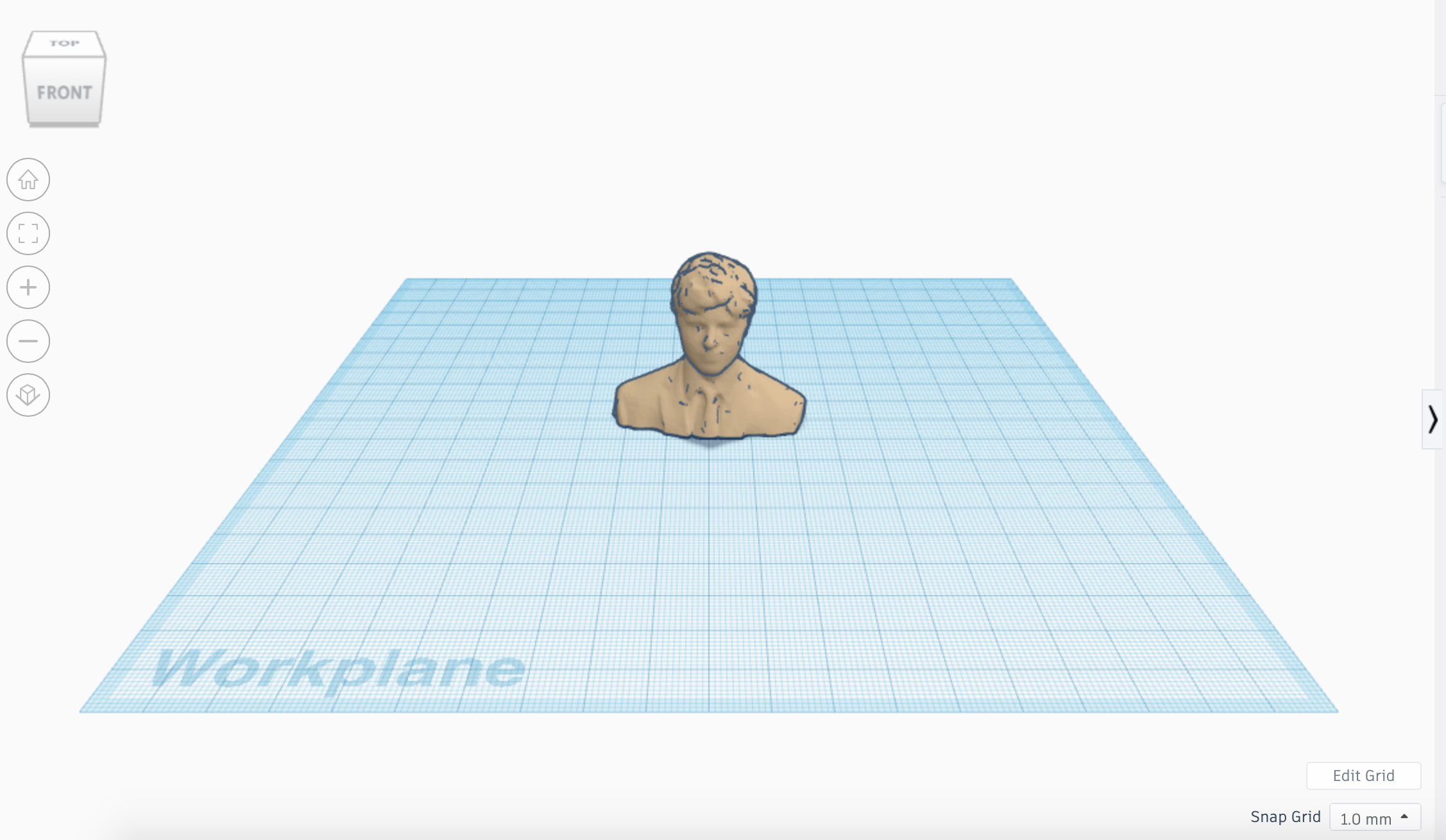
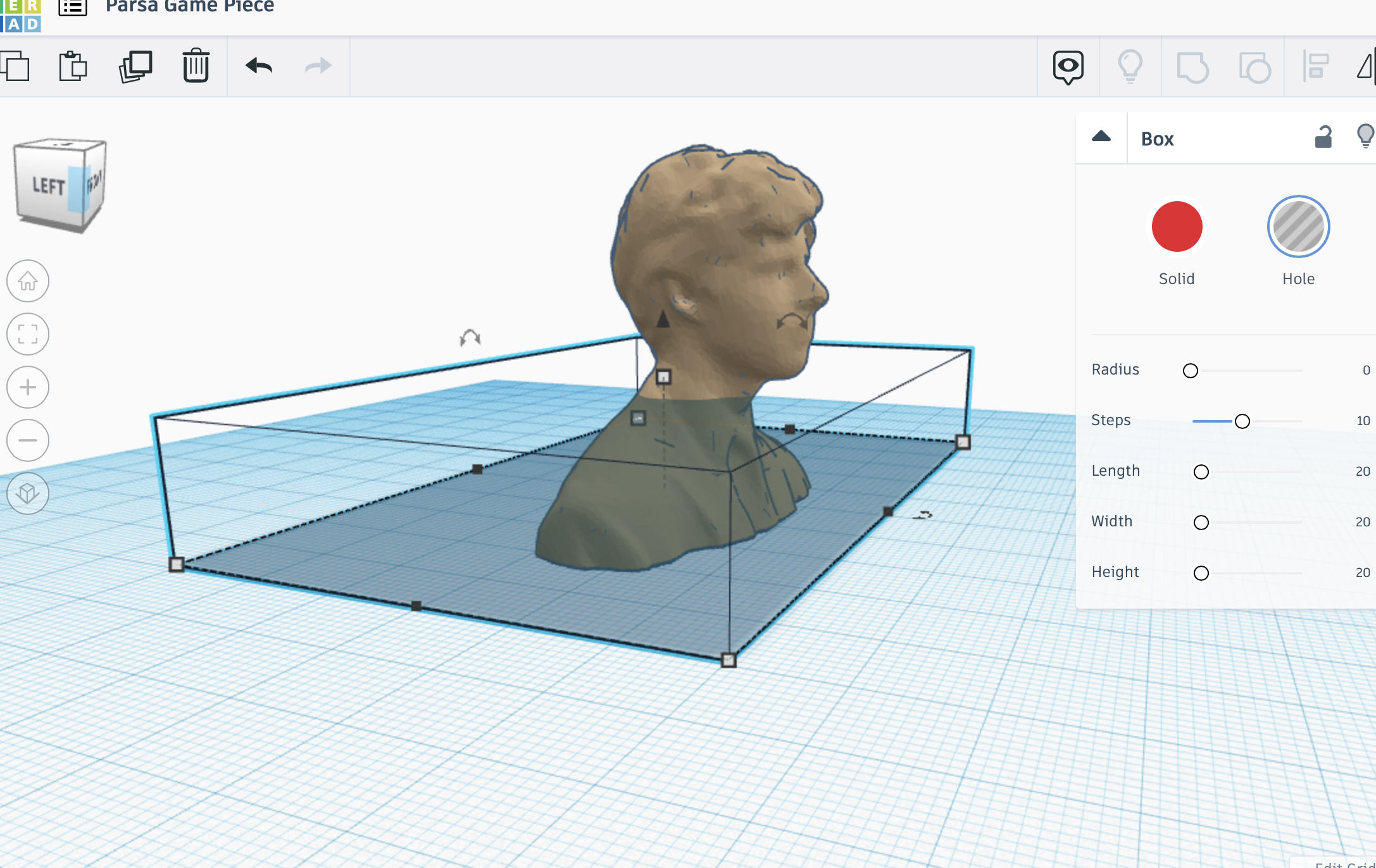
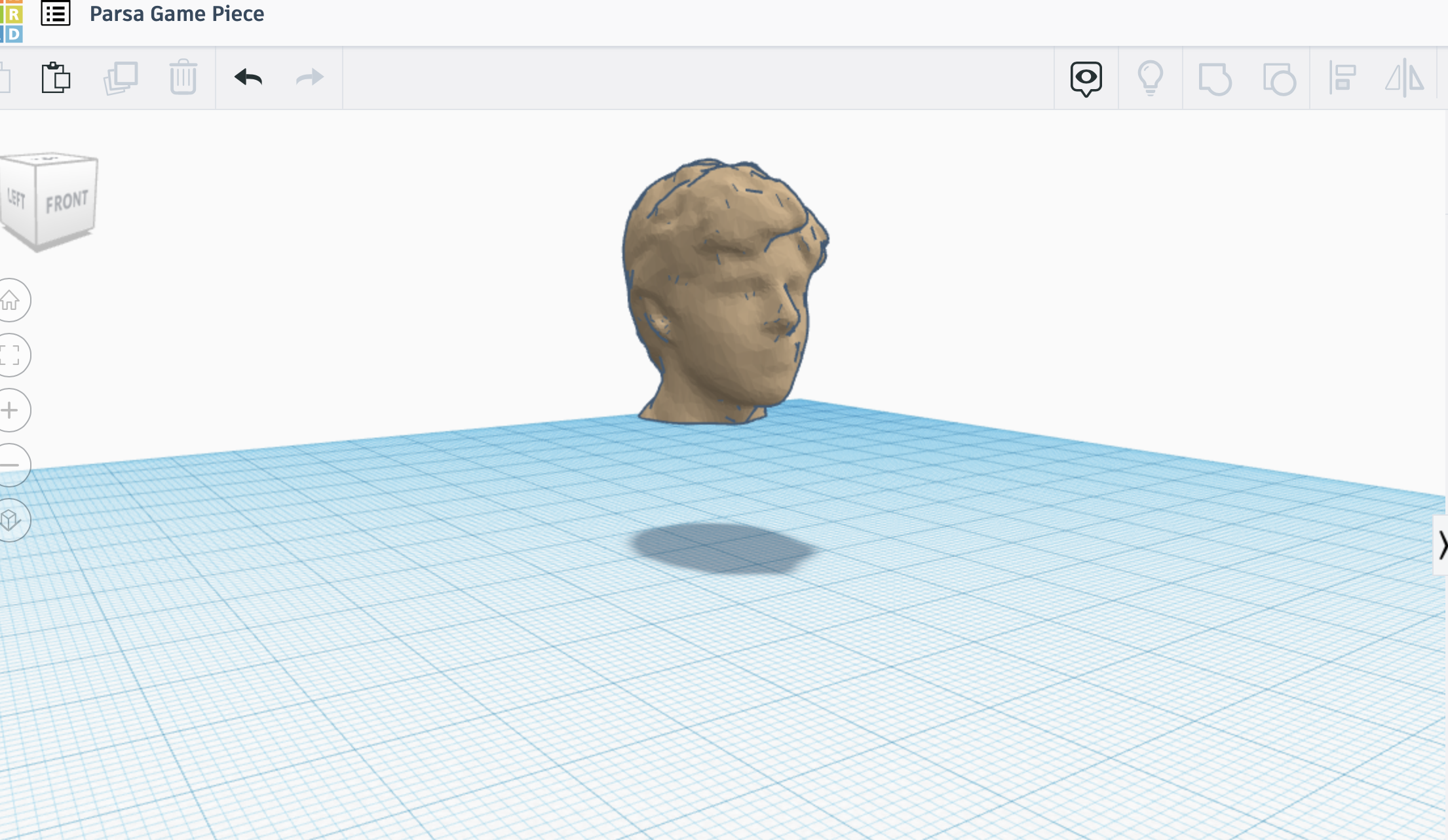
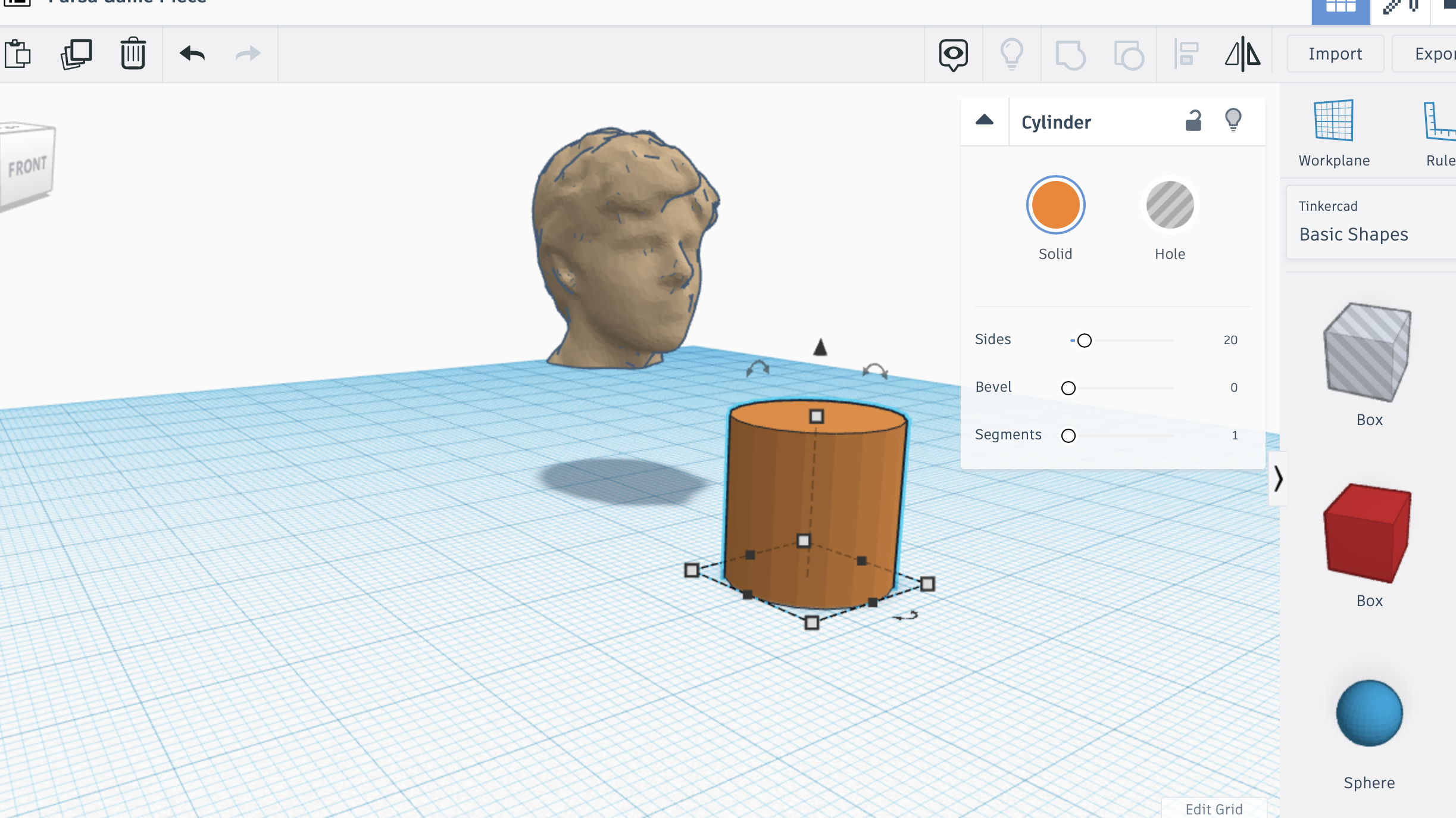
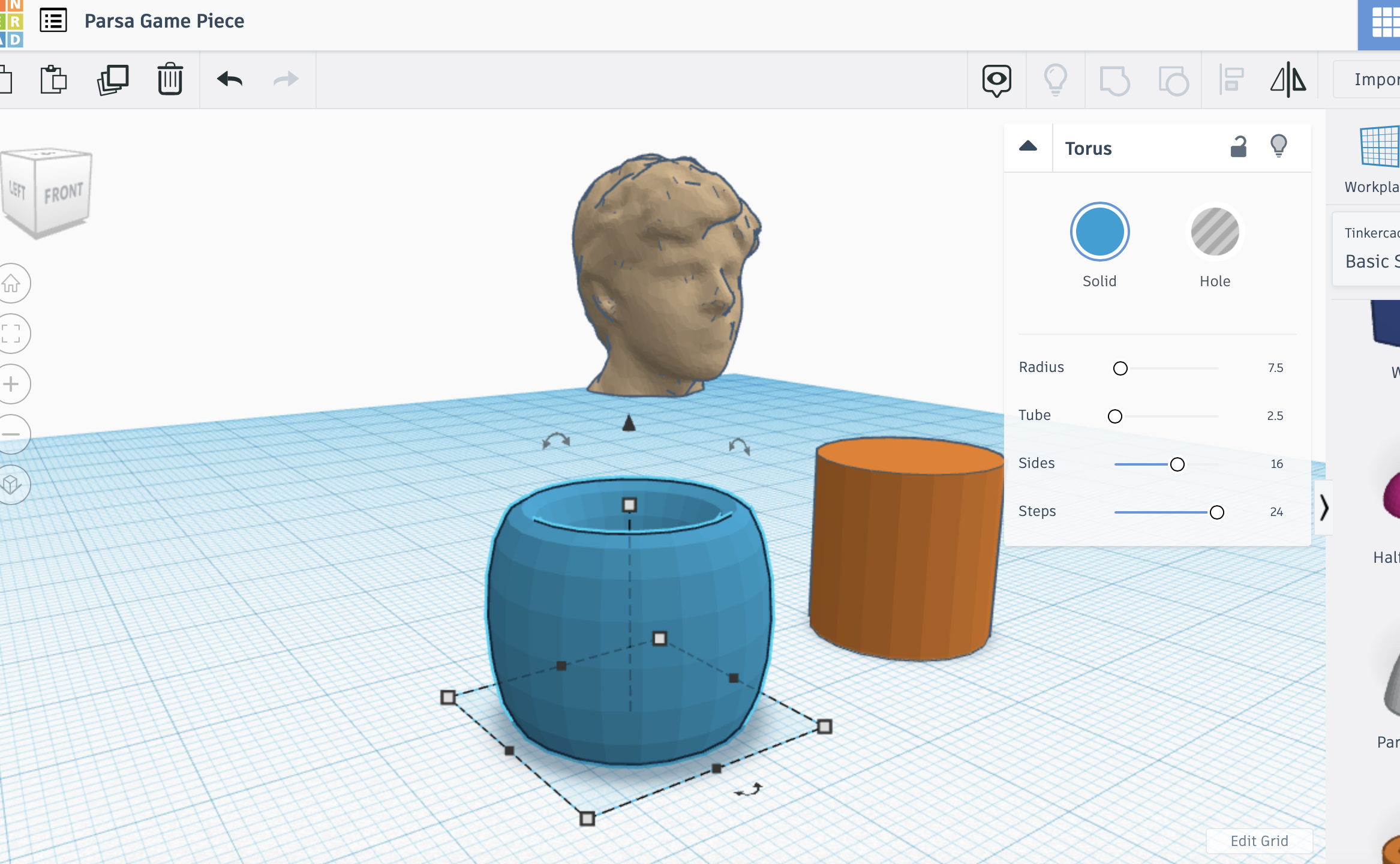
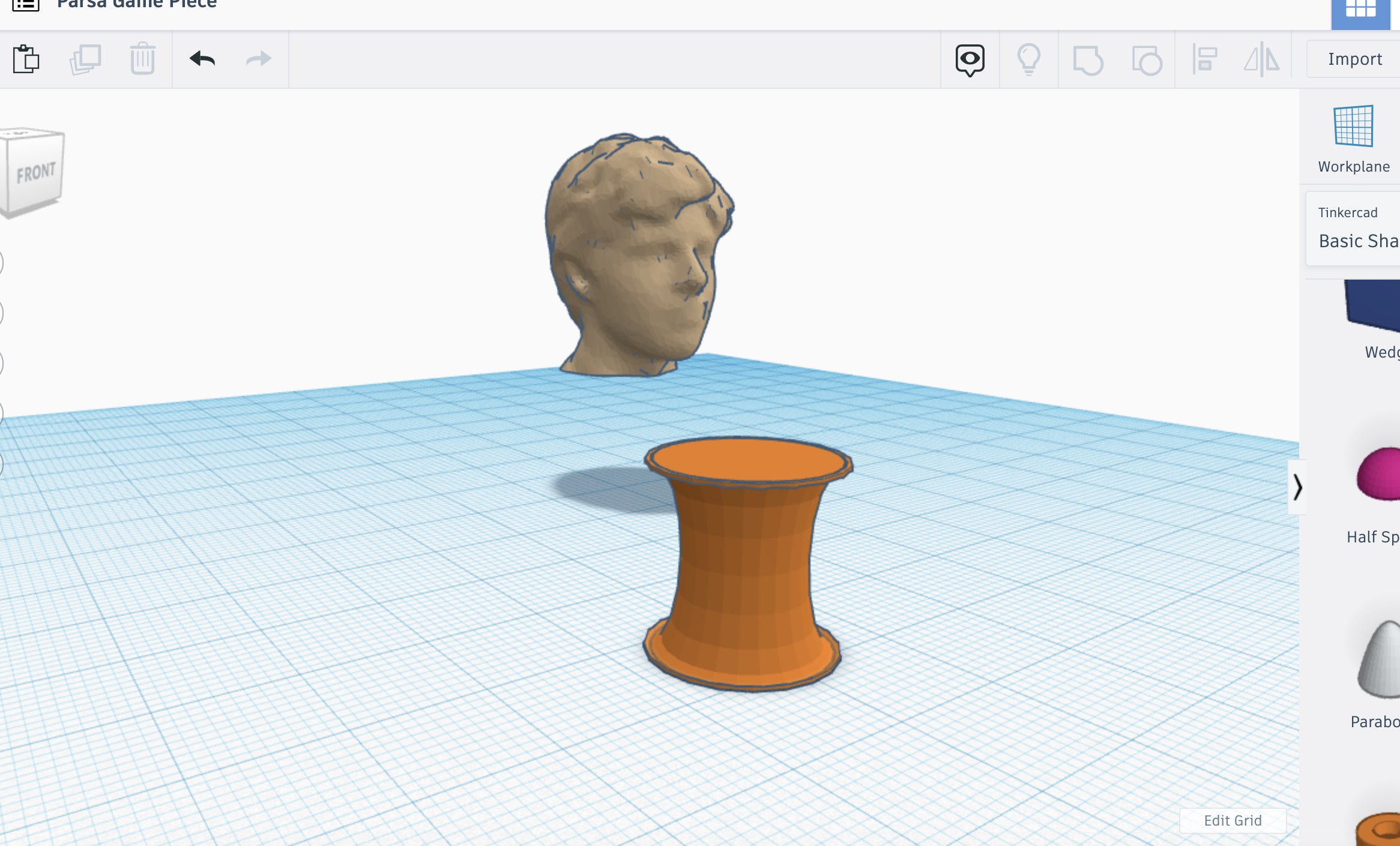
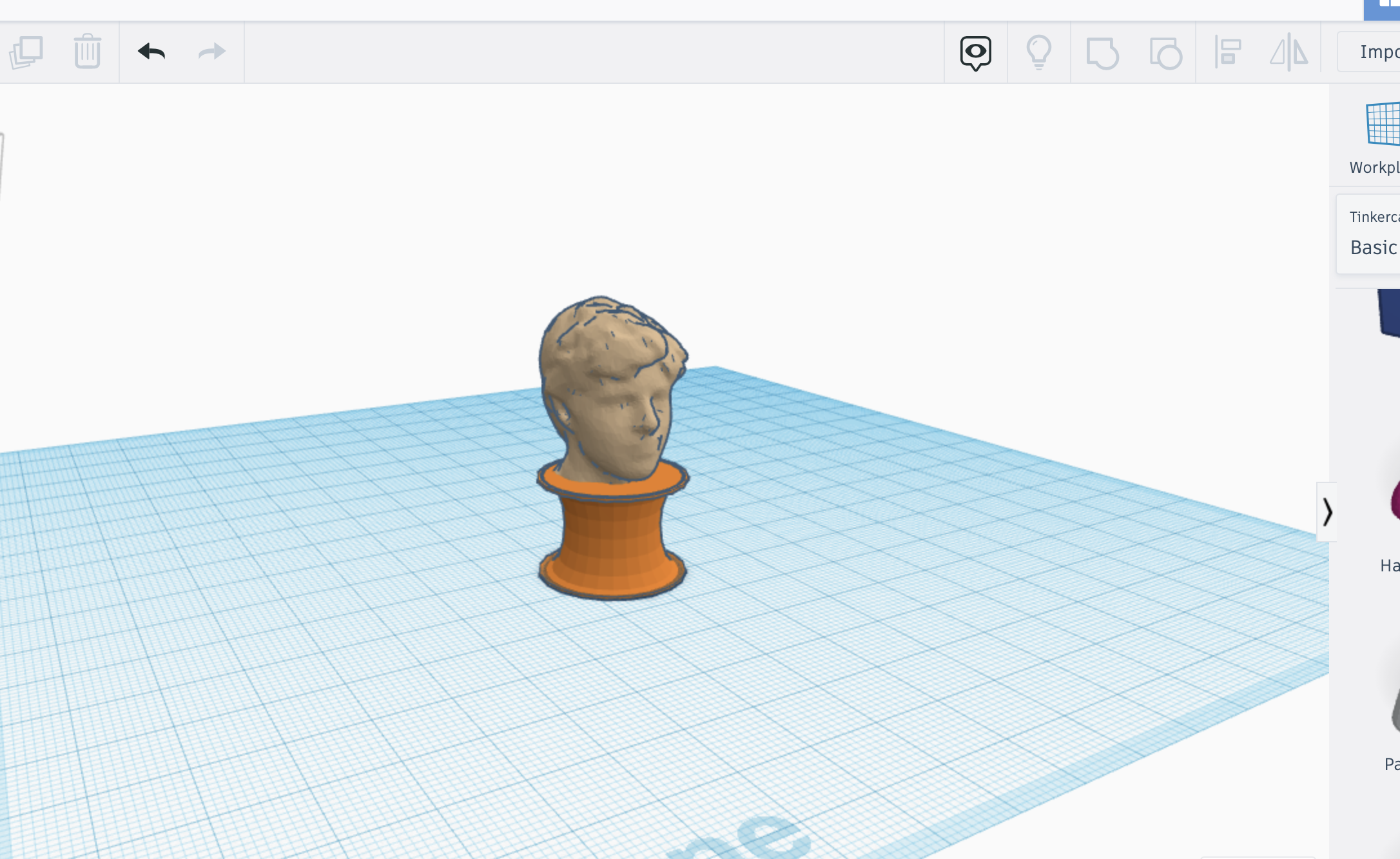
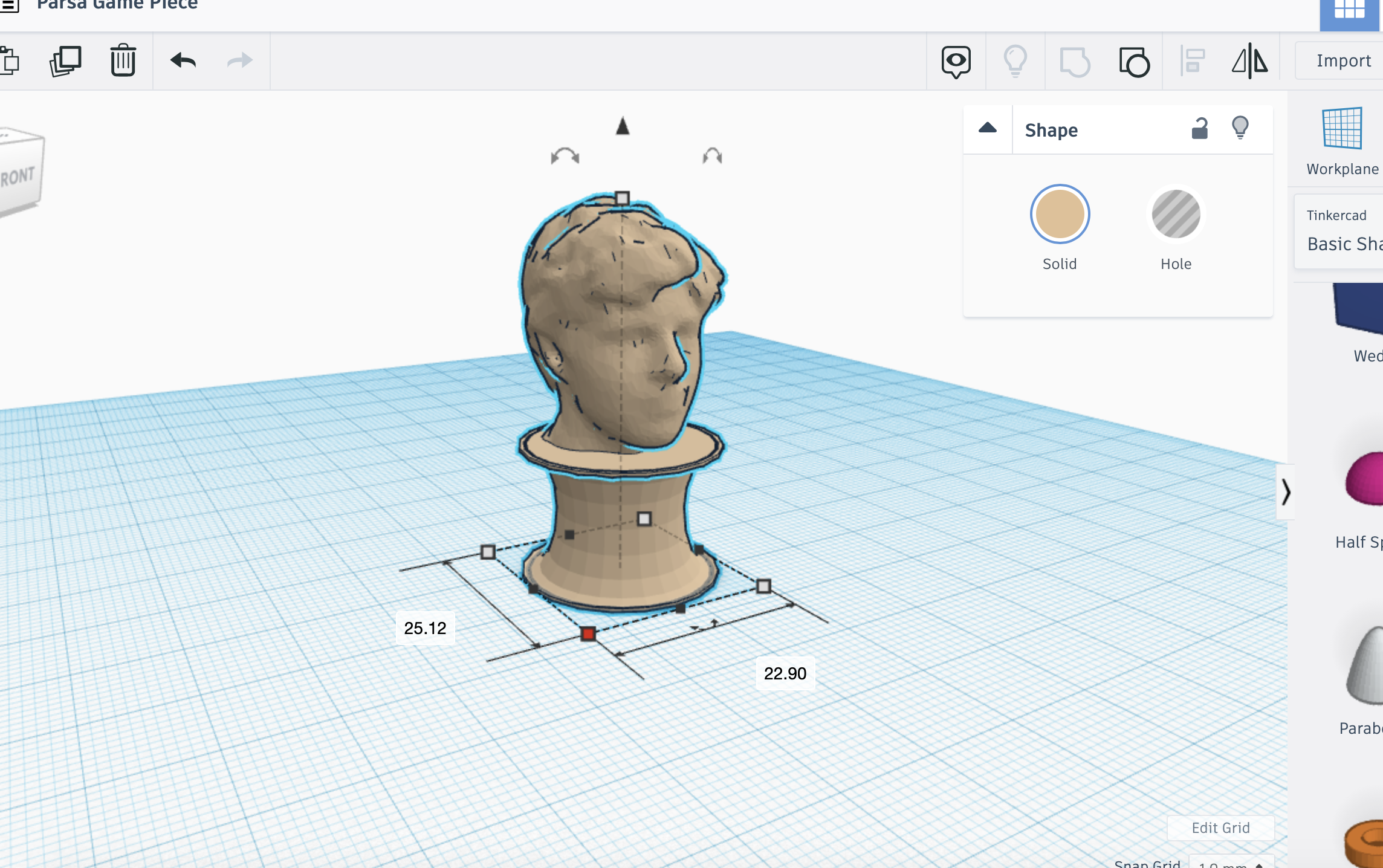
If you want, you can print the scan as it is right now. Once you have the dimensions you wish, just click "Export" in the top right corner and send it to your 3D printer.
However, if you want to make it a bit more like a game piece follow these steps. There is also a video demonstration for this process if you scroll down.
1. Import the scan to Tinkercad (Image 1; see previous step)
2. Drag a hollow box onto the workplane and make the height right up to the neck of your model. Remember how tall your box is. (Image 2)
3. Group the box and your model (Image 3)
4. Drag a cylinder onto the workplane and make the height however tall your box was (Image 4)
5. Drag a torus onto the workplane and make it the same height as your cylinder; make the length and width a few mm greater than that of your cylinder (Image 5)
6. Make the torus hollow, align it with the cylinder, and group them together; I will be referring to this shape as the stand (Image 6)
7. Align the stand with the model of your head; adjust the dimensions of the stand as necessary so that it supports your head well (Image 7)
8. Lower your head .5mm so that the stand and your head flow together well when printing; group them together (Image 8)
Video Demo for Making Game Piece

Here is a video demonstration for making the game piece if it is easier for you to follow.
NOTE: In the video at 3:18 I accidentally moved the head .5mm instead of -.5mm but make sure that you translate it downward.
3D Printing
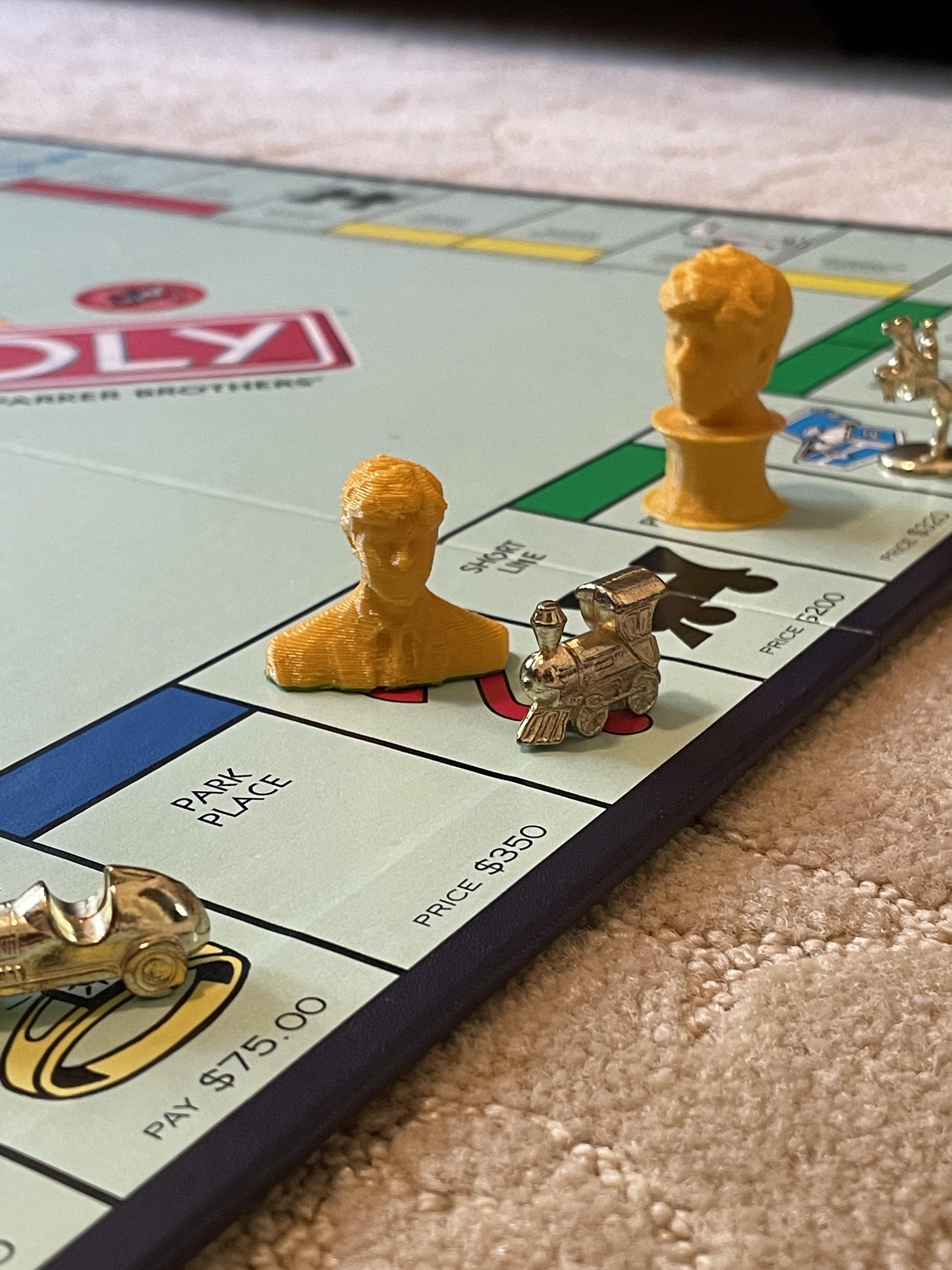
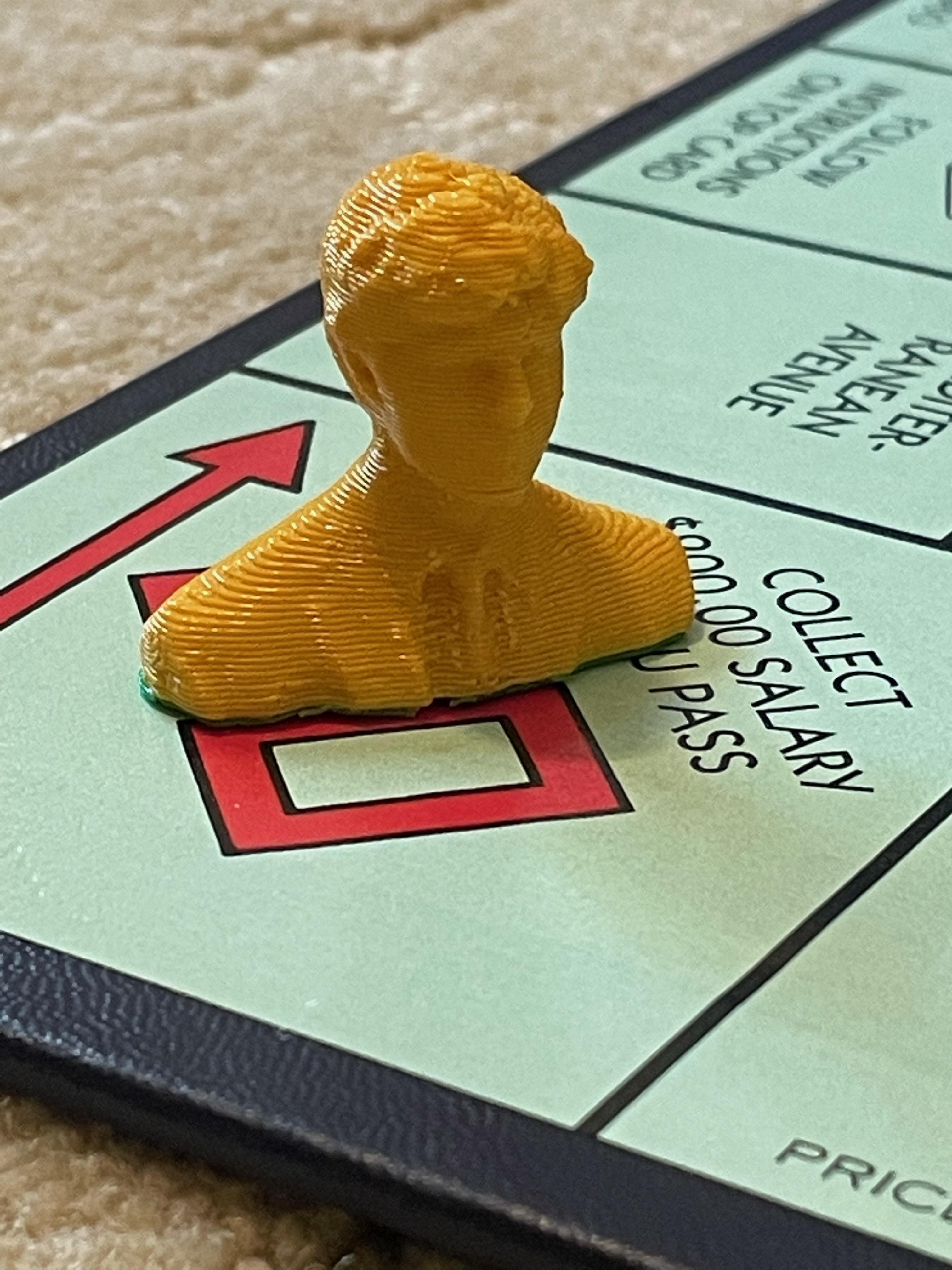
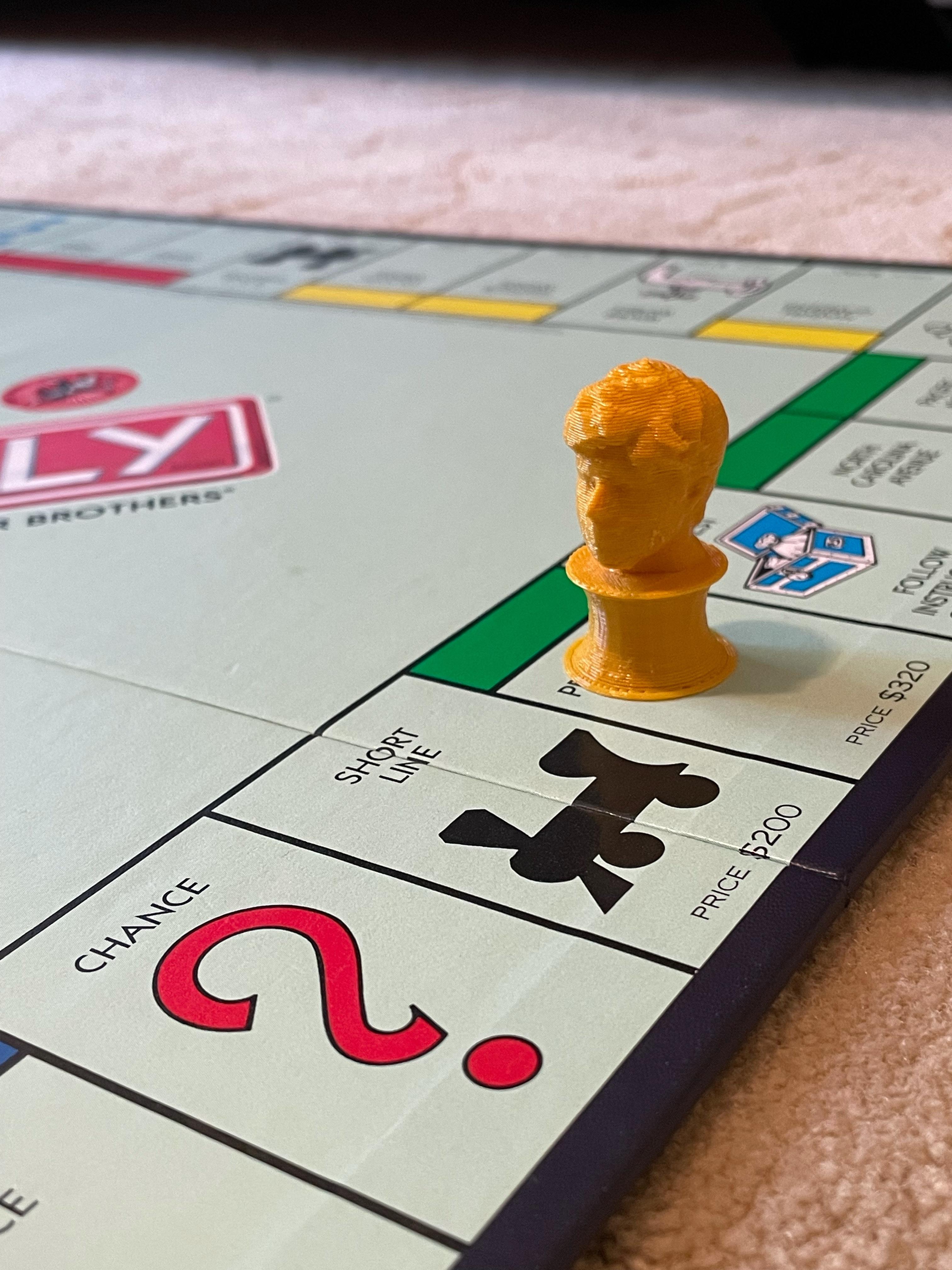
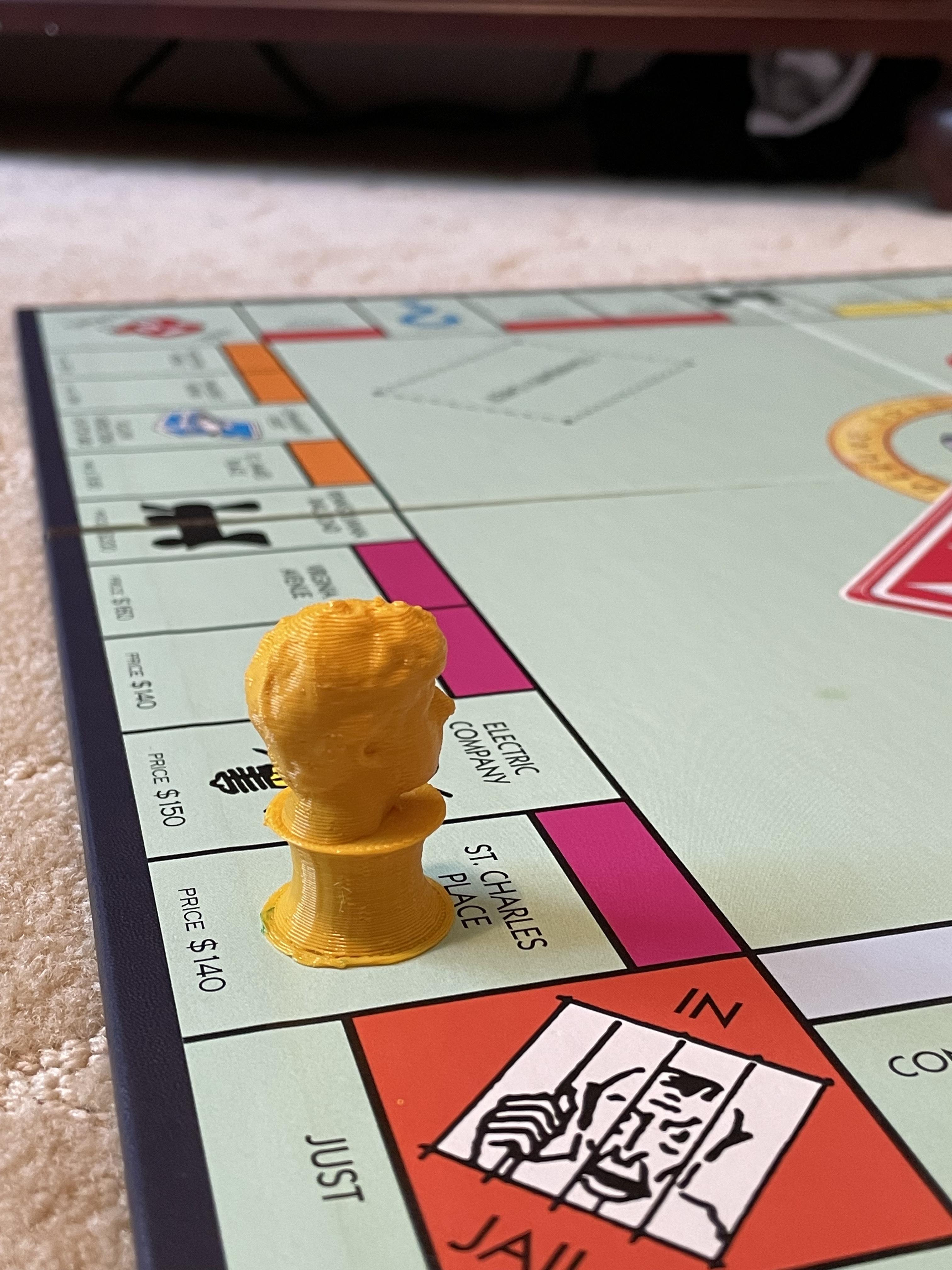
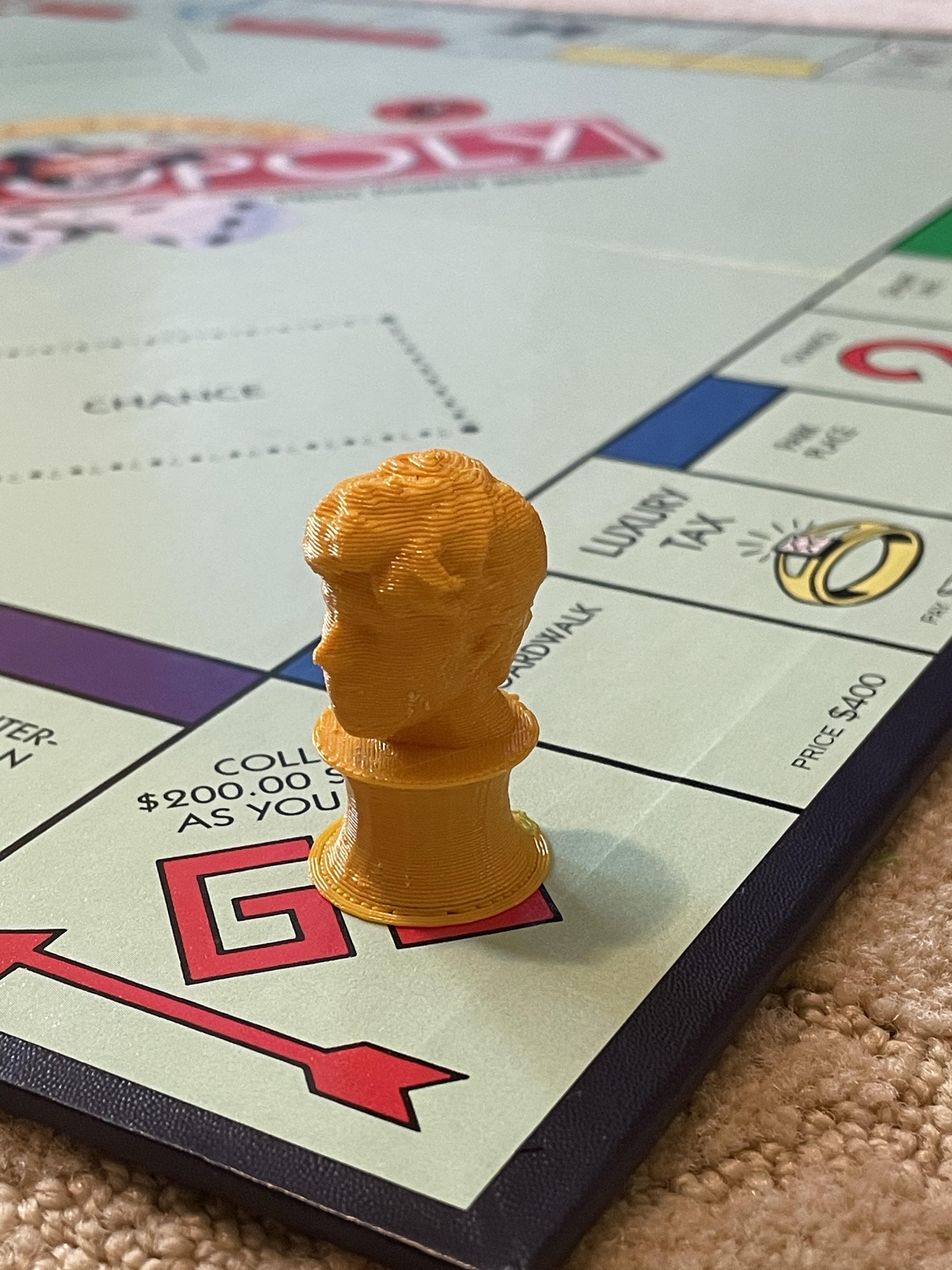
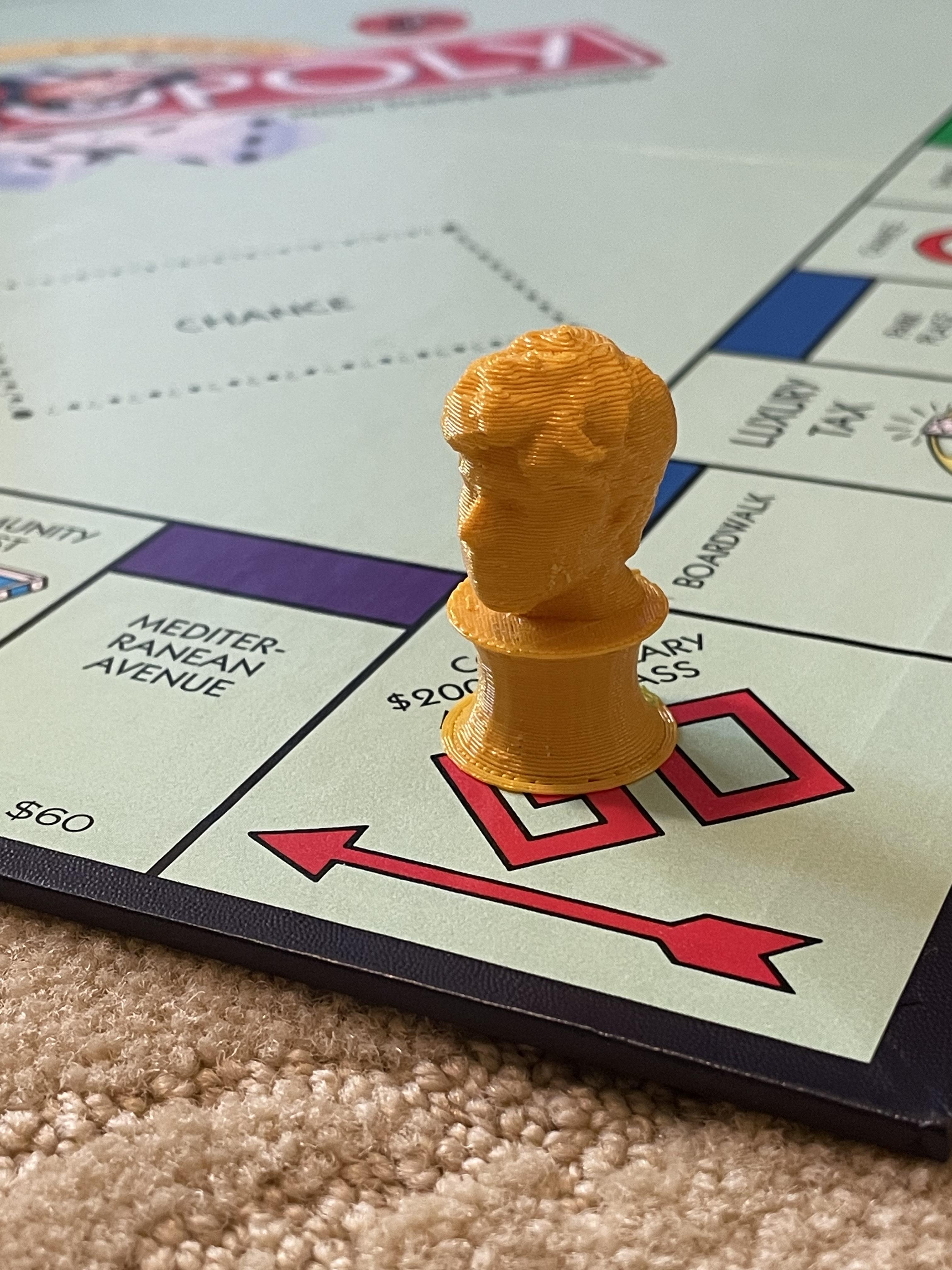
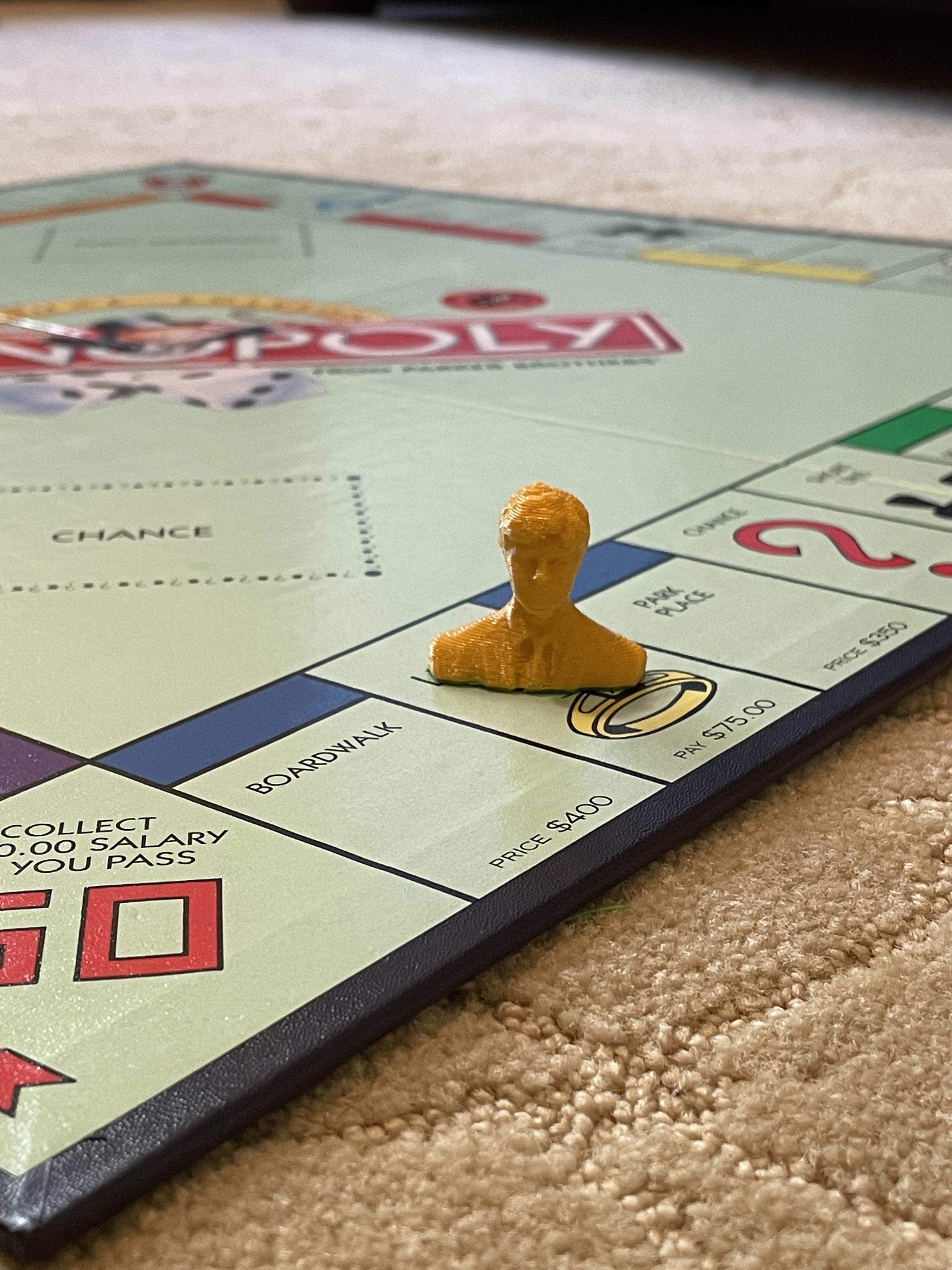
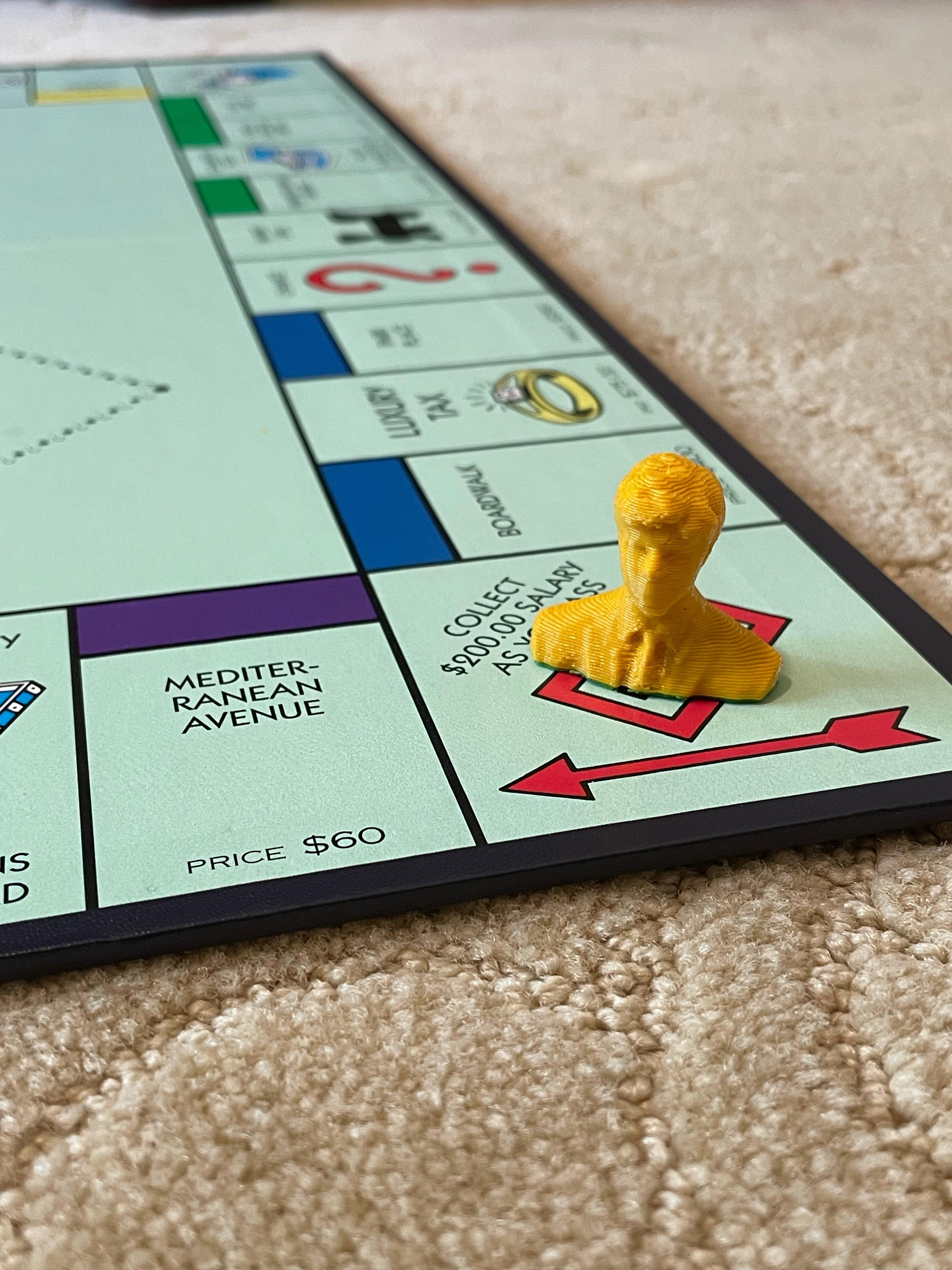
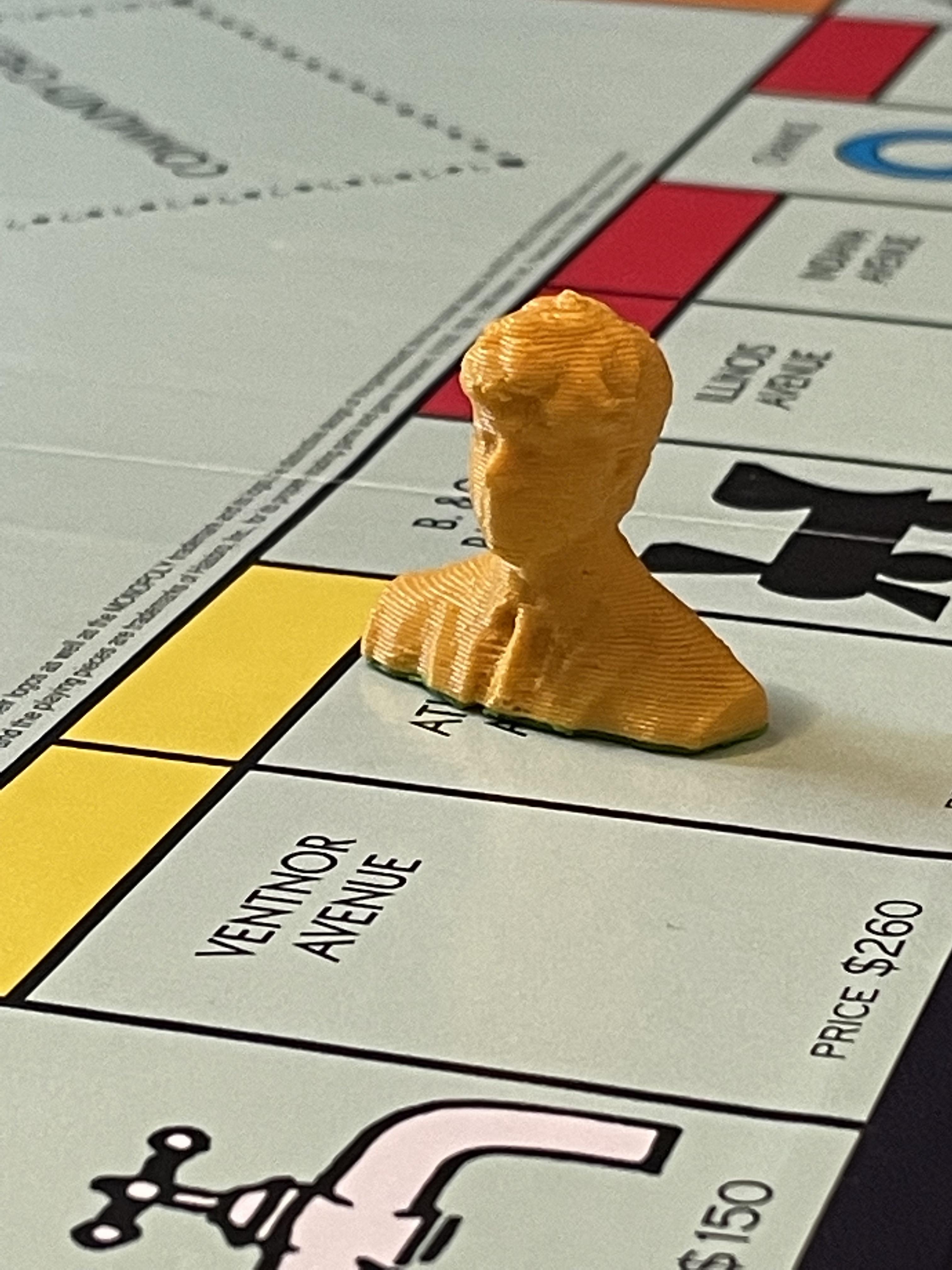
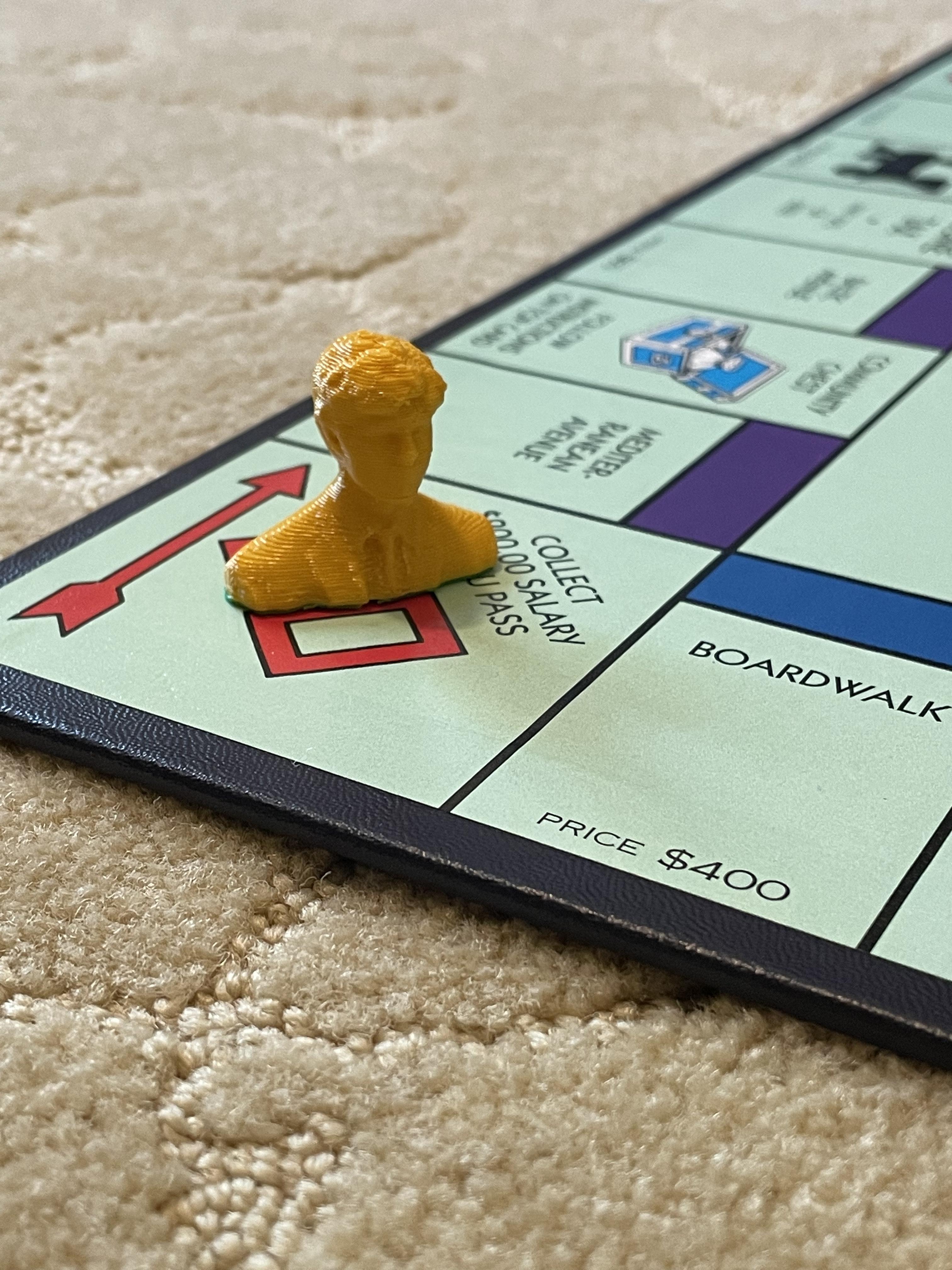
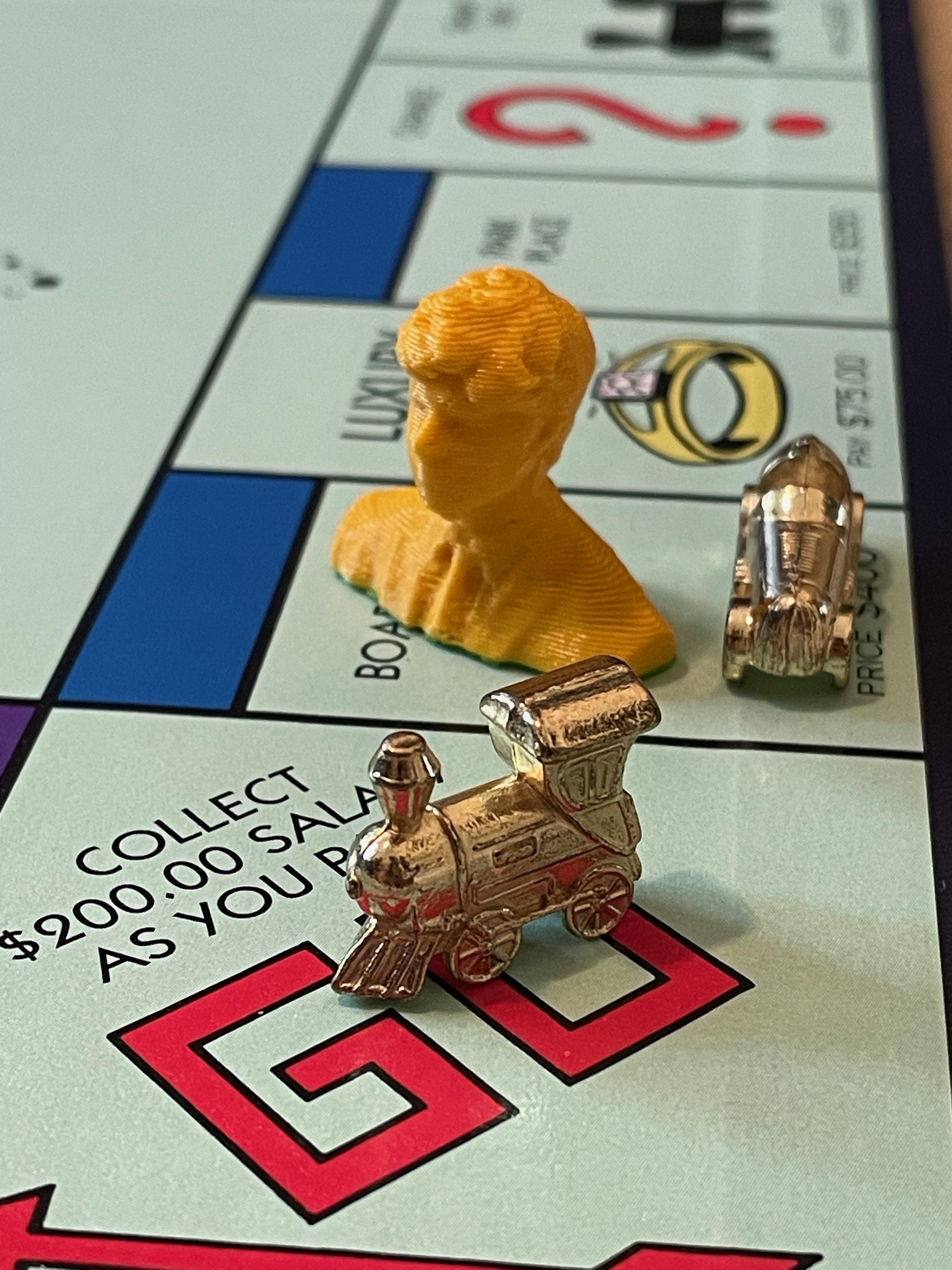
Here are some pictures of my 3D printed game piece on the board.
Extension of Concept
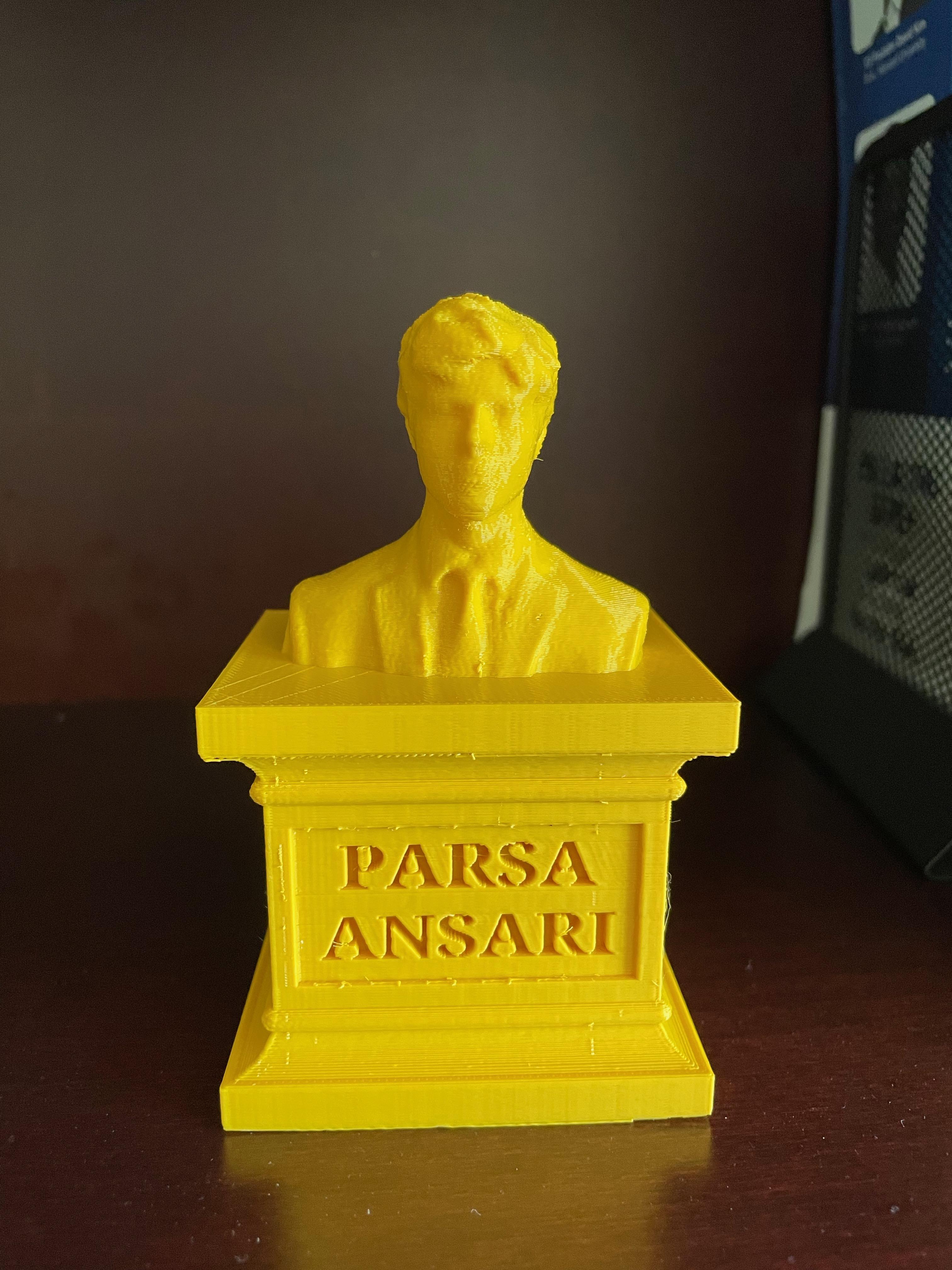
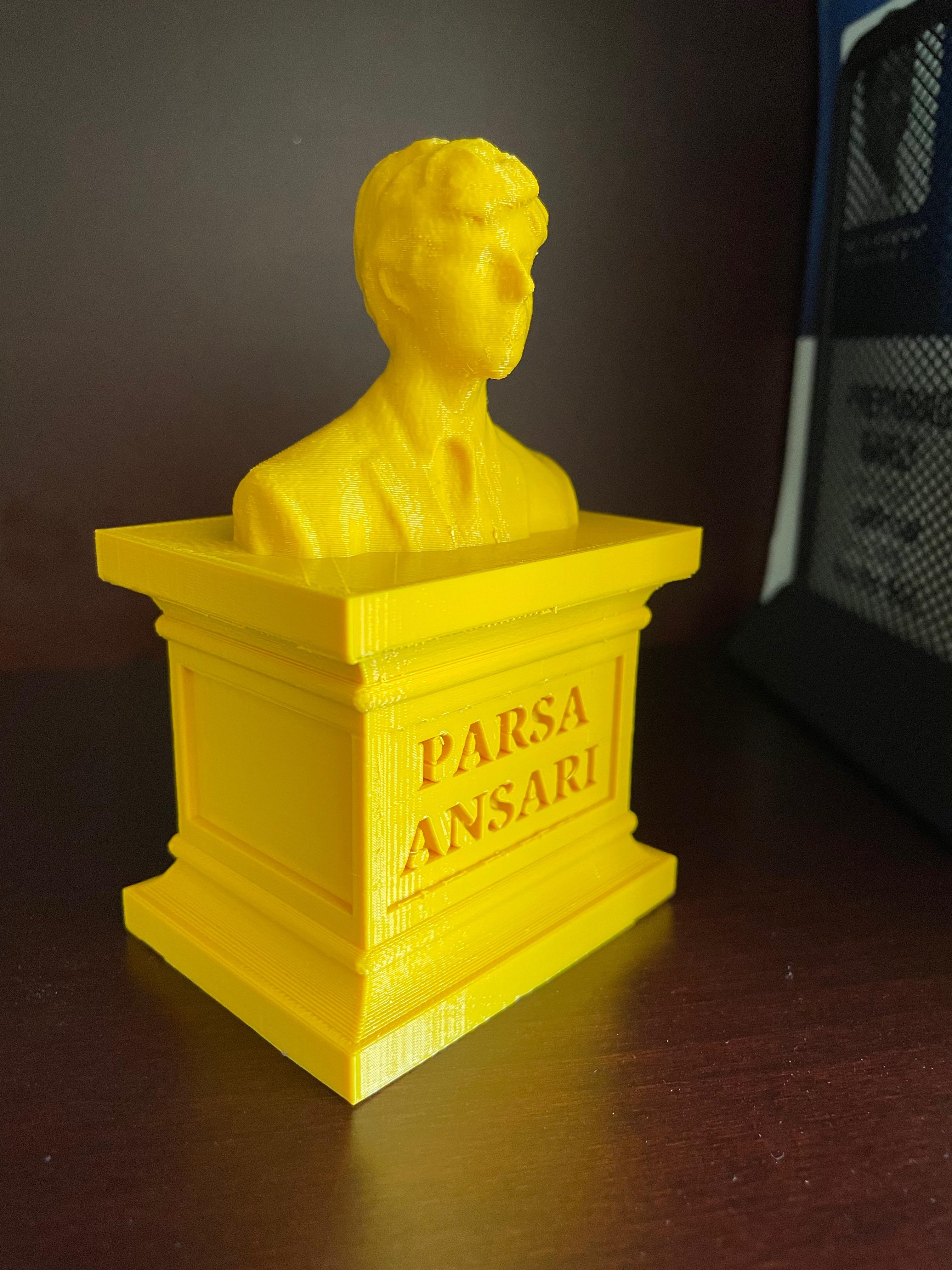
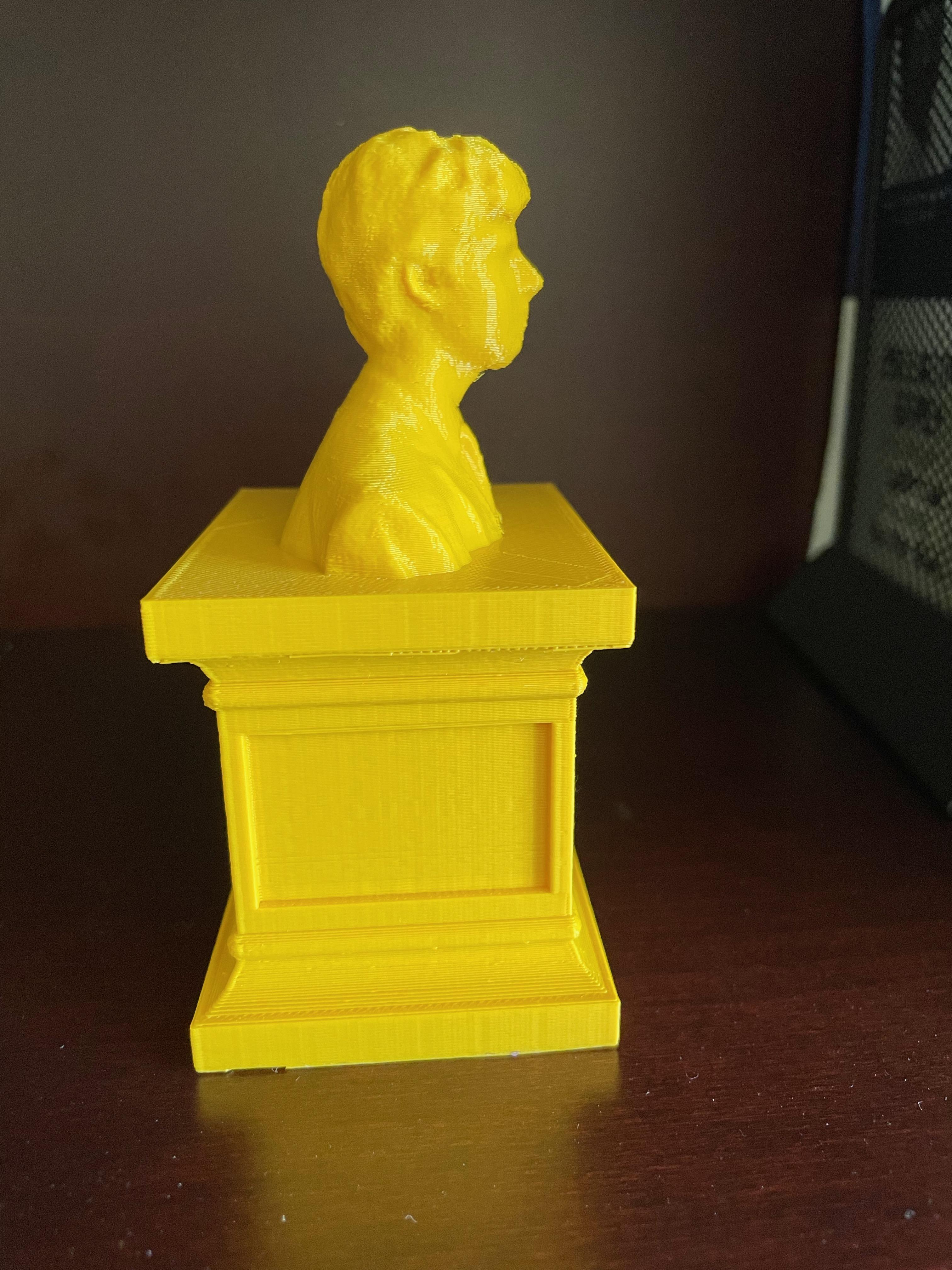
This concept of scanning yourself and incorporating it into 3D prints can be extended to many other ideas. The possibilities are practically endless! Here is an example of when I printed myself as a monument :)
Closing Words
In all, I am extremely happy with the way the game pieces turned out. I absolutely love how detailed the prints are, even though they're so small! The personalized feel really makes playing board games much more fun :)